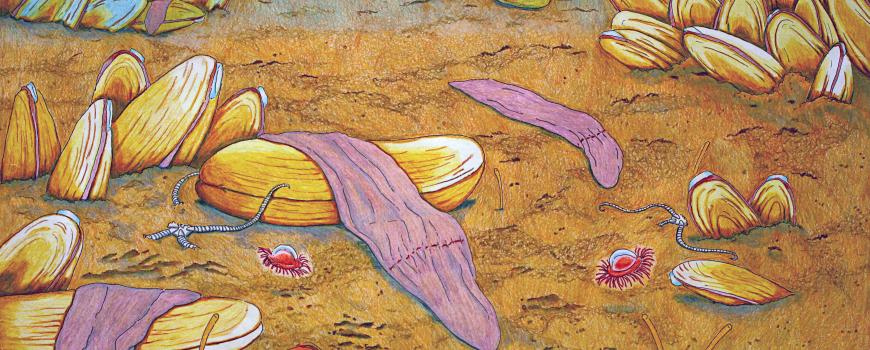Researchers at The University of Queensland, have revealed an ancient and extinct kangaroo fossil, found at the Riversleigh World Heritage Area in north-western Queensland, Australia. The ancient kangaroo fossil defines a new species of extinct, non-hopping kangaroos.
"They lived around 15-23 million years ago and were the size of very small wallabies or pademelons," University of Queensland researchers Kaylene Butler said, according to a press release. The kangaroo species also moved on all four legs and were situated in a densely forested habitat.=read more =http://www.hngn.com/articles/181988/20160224/new-species-found-kangaroos-hop.htm
 Scientists have discovered a new species of arachnid and they’re being described as a monster species. They’re called Crypto-Master Behemoths.
They look like spiders, but they’re actually classified separately by biologists. Scientists say they’re closely related to spider-like arachnids sometimes called Daddy Longlegs.
Biologists searched across several states in the U.S. and finally found the Crypto-Masters in Oregon’s mountainous regions.
Even though they look scary, scientists say this species is actually harmless to people.
Scientists have discovered a new species of arachnid and they’re being described as a monster species. They’re called Crypto-Master Behemoths.
They look like spiders, but they’re actually classified separately by biologists. Scientists say they’re closely related to spider-like arachnids sometimes called Daddy Longlegs.
Biologists searched across several states in the U.S. and finally found the Crypto-Masters in Oregon’s mountainous regions.
Even though they look scary, scientists say this species is actually harmless to people.
